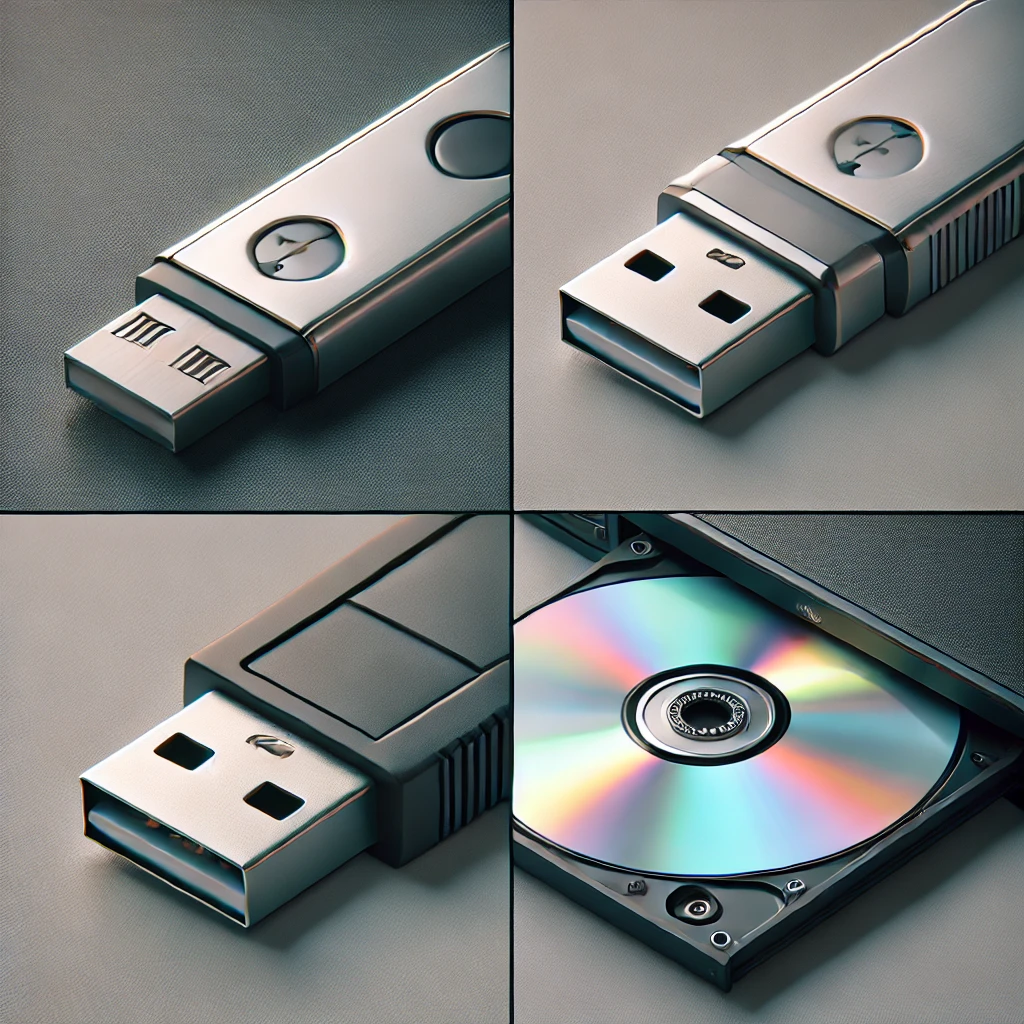Despite the widespread adoption of USB flash drives for data storage and transfer, they haven’t completely replaced DVD and CD-ROM drives, especially in certain sectors and contexts. This persistence is due to several factors, including compatibility, cost-effectiveness, media longevity, and specific use cases that favor optical drives over USB drives. Here’s an exploration of why DVDs and CD-ROMs remain relevant.
1. Compatibility and Legacy Systems
One of the primary reasons DVD and CD-ROM drives continue to be used is compatibility with older hardware and software. Many legacy systems, particularly in educational institutions, government offices, and industrial settings, still rely on CD-ROMs for software installation, diagnostics, and data access. Replacing these systems would be expensive, and many organizations are unwilling or unable to make that transition. Additionally, certain music and media content were released exclusively on CDs, and without CD drives, there would be no way to access them.
2. Media Longevity and Stability
Optical media like DVDs and CDs offer a degree of data permanence that is hard to replicate with USB drives. Properly stored, CDs and DVDs can last decades, making them reliable for long-term data archiving. USB drives, on the other hand, are more susceptible to corruption, accidental deletion, and physical damage due to their small size and frequent handling. This makes optical media a preferred choice for archivists, libraries, and organizations that prioritize data preservation.
3. Cost-Effectiveness
Despite the falling prices of USB drives, CDs and DVDs are still cheaper on a per-unit basis for distributing large amounts of data. This is particularly relevant for industries such as education and software distribution, where content needs to be disseminated widely at a low cost. Producing DVDs or CDs in bulk is significantly cheaper than providing USB drives. For instance, distributing educational materials in schools or universities is more affordable with optical discs than USB drives.
4. Specific Use Cases
There are niche applications where optical media still outshine USB drives. For instance, some car entertainment systems, particularly older models, only support CDs and DVDs for music playback. Certain gaming consoles and media players also rely on DVD drives for reading game discs and movies. Moreover, some software, particularly older titles and specialized tools, still require CD-based installation, and downloading large software files is not always feasible in areas with limited internet connectivity.
5. Security Concerns
USB drives, while convenient, are vulnerable to malware, making them risky in environments where security is critical. Optical discs offer a more secure medium for transporting and distributing sensitive information because they are read-only once burned. Government agencies, healthcare institutions, and certain businesses may still prefer optical drives when they need to ensure that data cannot be altered after distribution.
6. Cultural and Psychological Factors
For some, DVDs and CDs carry a nostalgic value. Collectors of physical media, especially in the music and film industries, still prefer owning physical copies of their favorite albums or movies. This cultural aspect has kept the demand for optical drives alive, particularly among enthusiasts who value the tangible nature of these formats.
While USB drives have largely taken over for quick, portable data transfers, DVD and CD-ROM drives remain relevant for specific tasks. Their continued use is driven by factors like legacy compatibility, cost-effectiveness, media stability, niche applications, security needs, and cultural significance. These reasons explain why optical media, while increasingly niche, is unlikely to disappear completely anytime soon.



